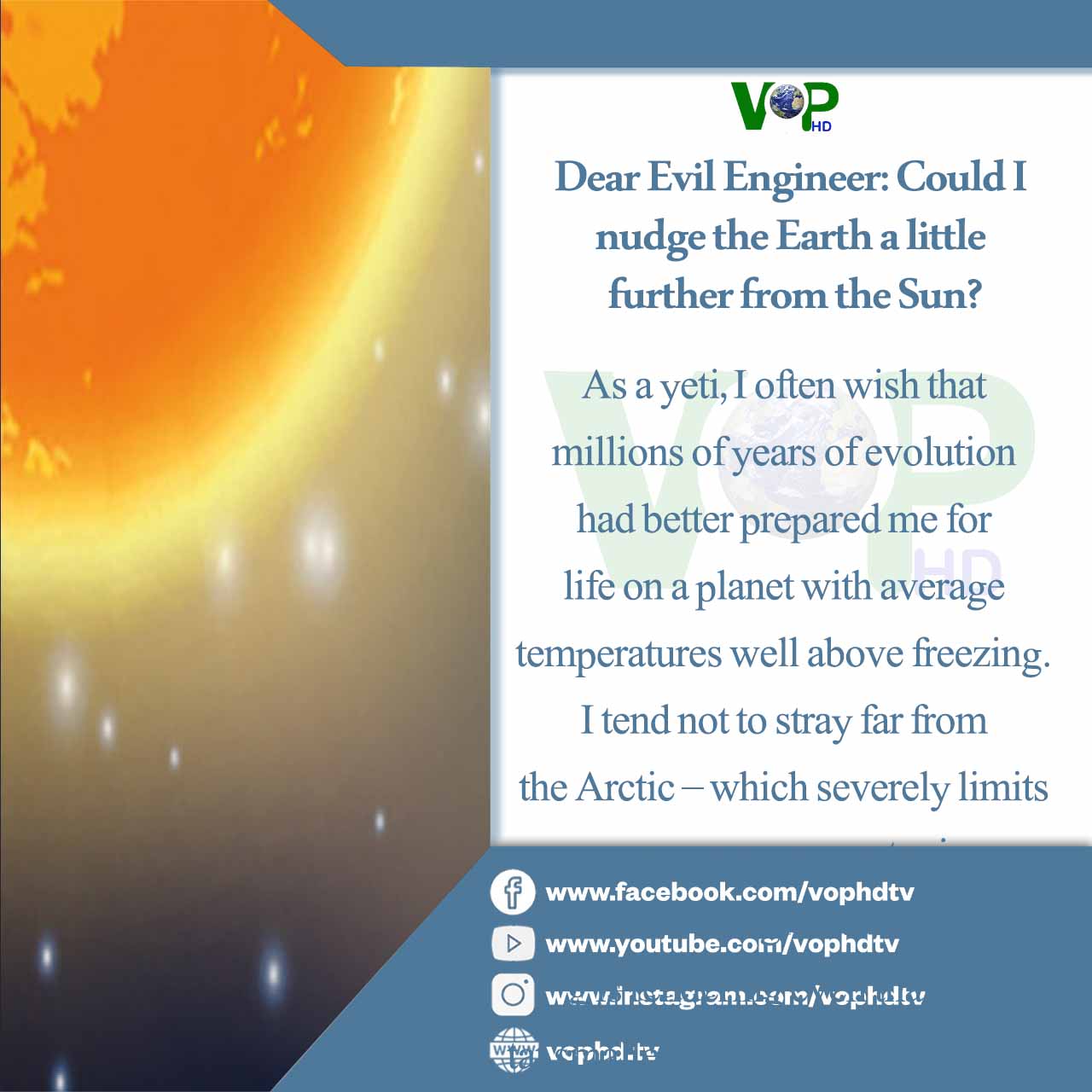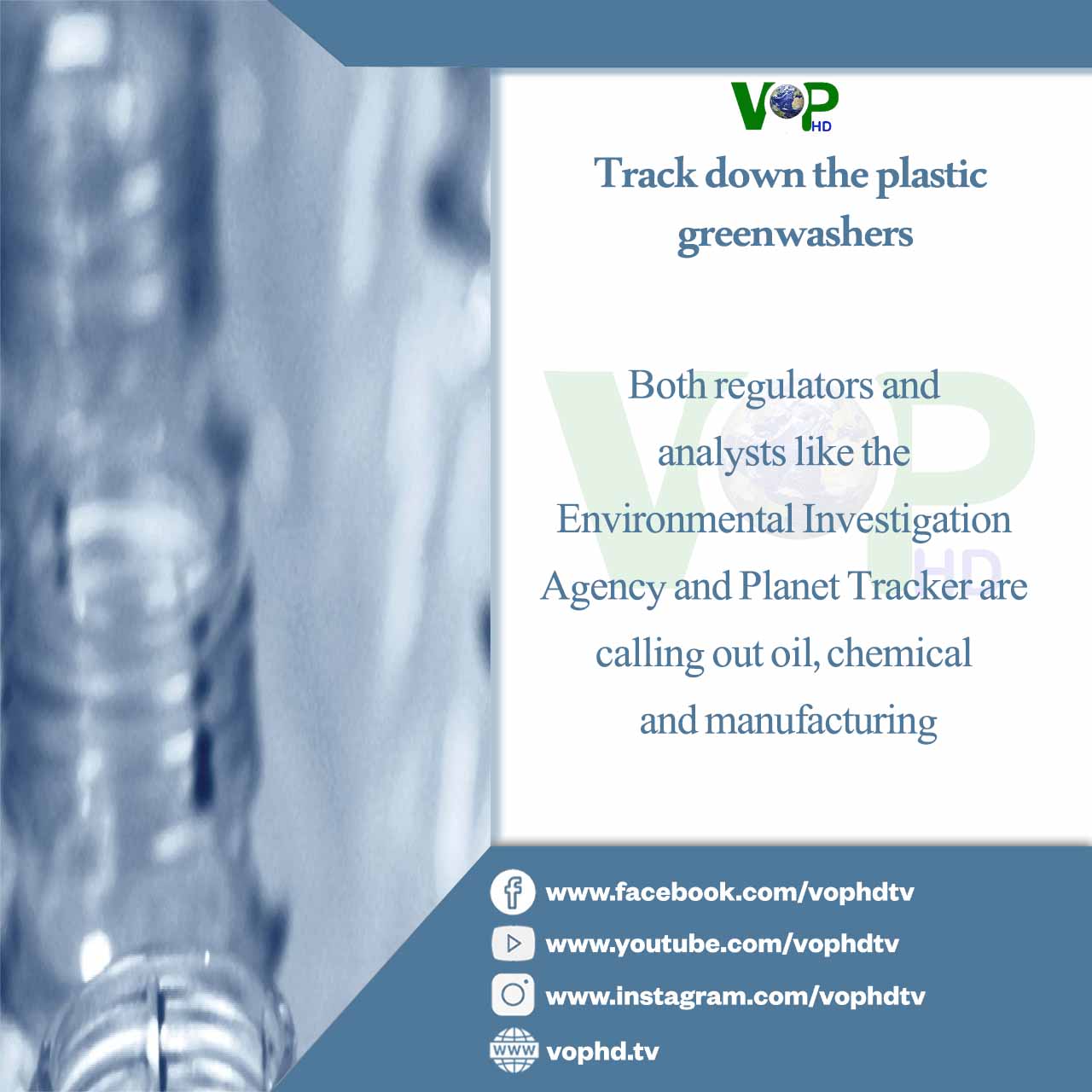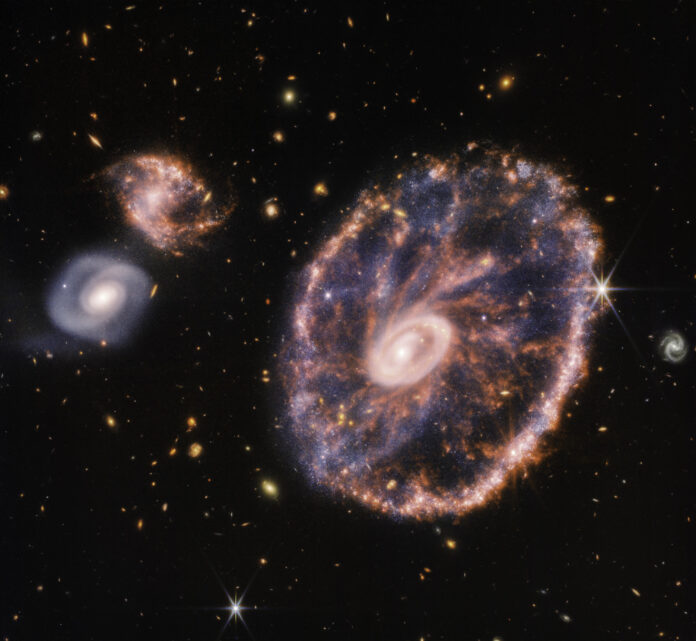
Pakistan-origin scientist contributes to discover life-sustaining element on Saturn’s icy moon
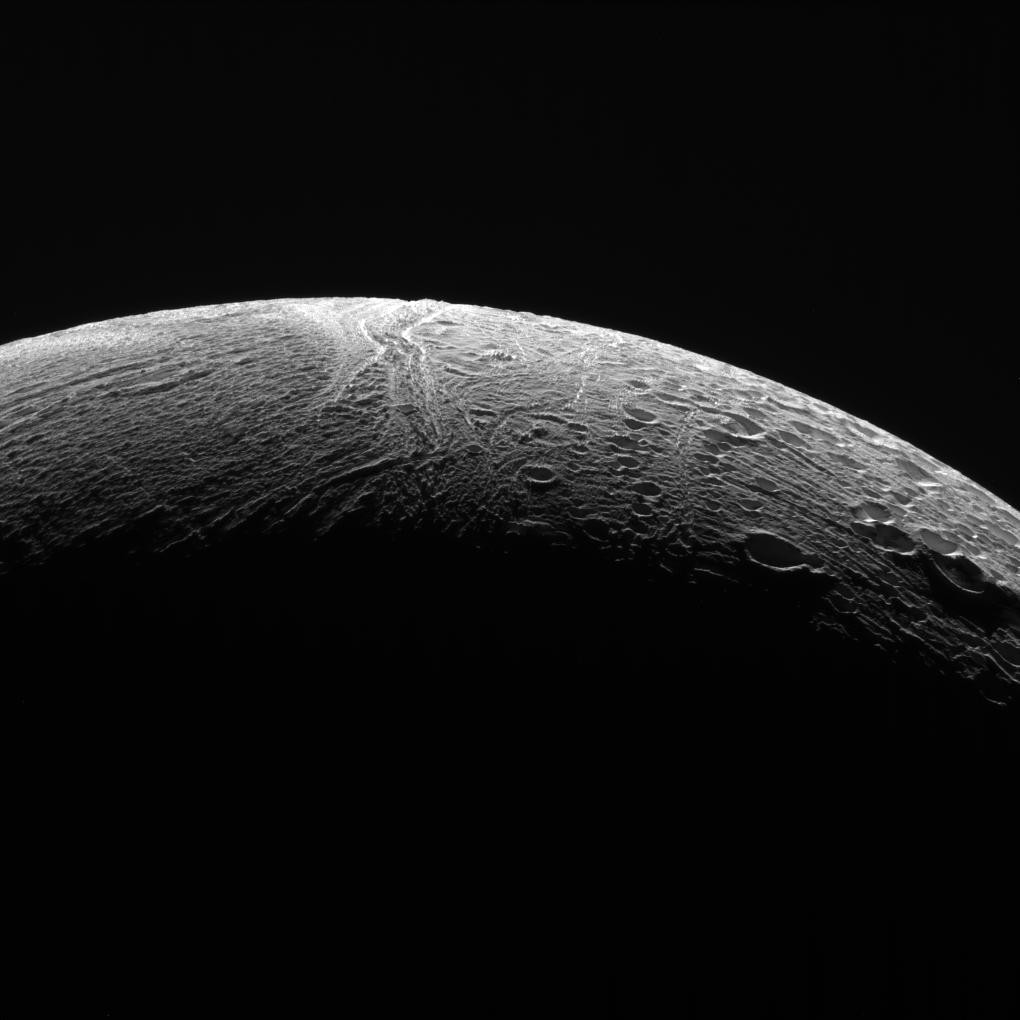
In an extraordinary breakthrough, an international team of scientists led by Professor Frank Postberg at Freie Universität Berlin has discovered a key ingredient for life beyond Earth. Dr Nozair Khawaja, a Pakistani-born scientist, played a crucial role in the groundbreaking achievement.
Through their tireless efforts to uncover the secrets of the universe and search for extraterrestrial life, the team focused their attention on Saturn’s icy moon, Enceladus.
Analyzing data gathered from NASA’s Cassini space mission, they made an astounding revelation. For the first time ever, phosphorus, the rarest element critical for life, was detected in an extraterrestrial ocean beneath Enceladus’ surface.
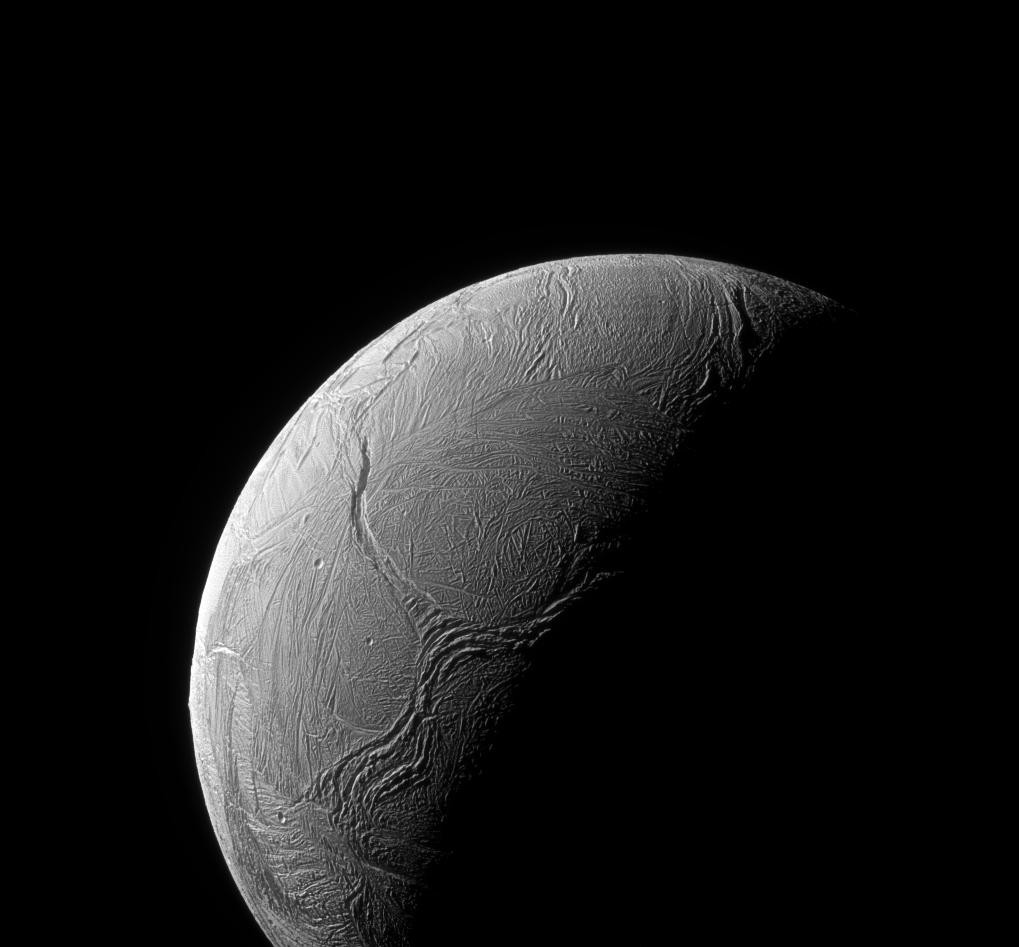
“The results show the presence of substantial quantities of phosphates in Enceladus’s ocean water and our geochemical experiments tell us why its ocean is so enriched with this essential compound compared to Earth’s ocean,” Professor Postberg said in an email to The Express Tribune.
The six ingredient recipe for life
Phosphorus makes the skeleton of DNA, RNA and fertile soil on Earth. The addition of Phosphorus completed the checklist of elements essential for life, thus making Enceladus the most habitable candidate of life after our blue planet.
“With the discovery of phosphates, Enceladus has revealed the full squad of all six bio-essential elements (C, H, N, O, P and S) required for life”, said Dr Nozair Khawaja, the coauthor of the study.
Phosphorus is essential for all life on Earth to build DNA (and RNA) and a limiting factor for the growth of life in different environments on Earth. This element in the form of phosphate is crucial for life as we know it on Earth.
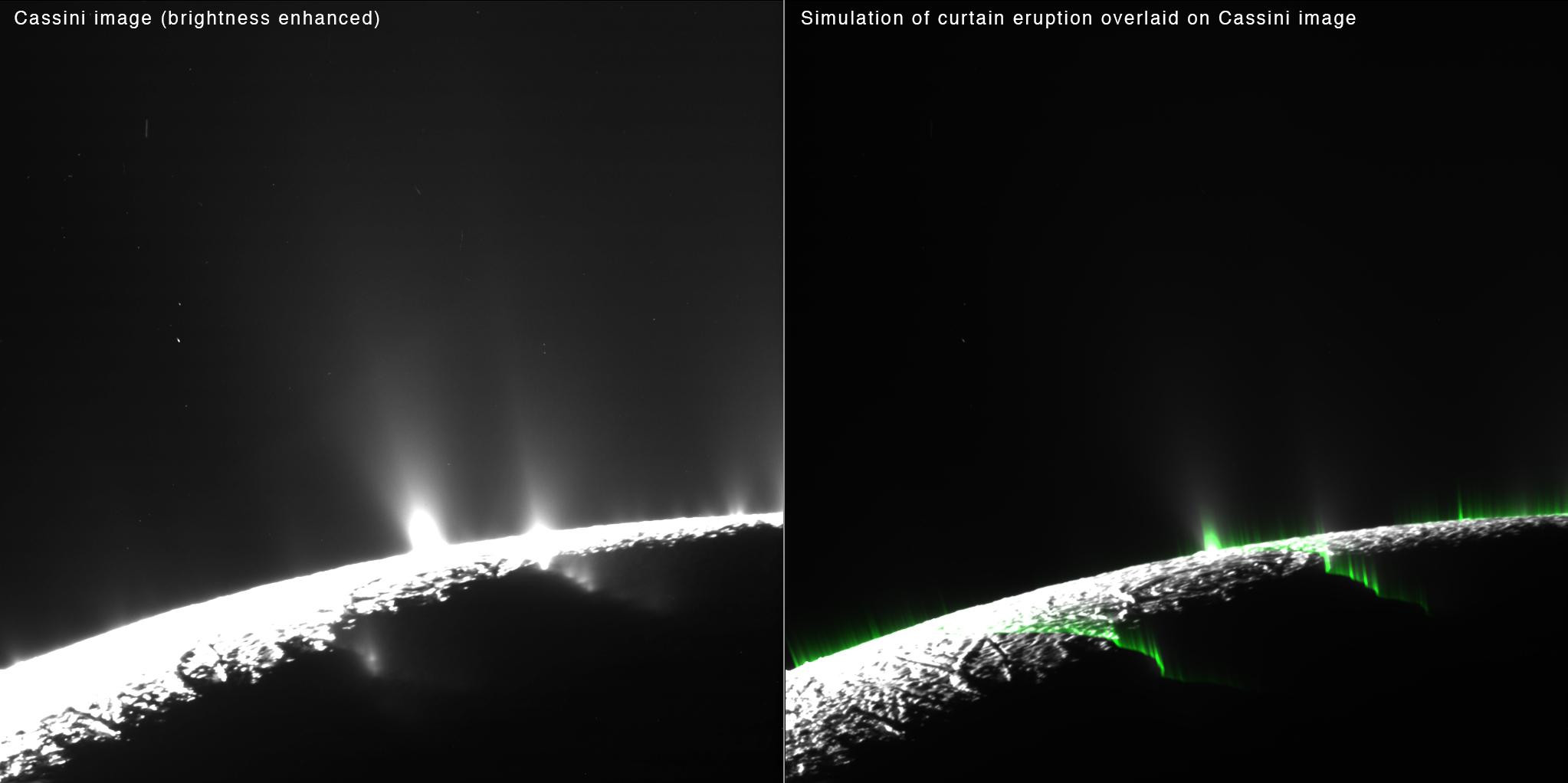
“With this stunning breakthrough discovery, Enceladus has become a prime body in the solar system to search for extraterrestrial life. As a result, a new space mission equipped with modern technology needs to be sent to determine whether this extraterrestrial habitable ocean world is truly inhabited,” added Khawaja while speaking to The Express Tribune.
The cosmic dust analyser
Enceladus, the sixth-largest moon of Saturn, has a modest width of only 500km. The valuable exploration of this intriguing moon was made possible through the dedicated efforts of NASA’s Cassini spacecraft, which successfully reached the ringed planet in 2004.
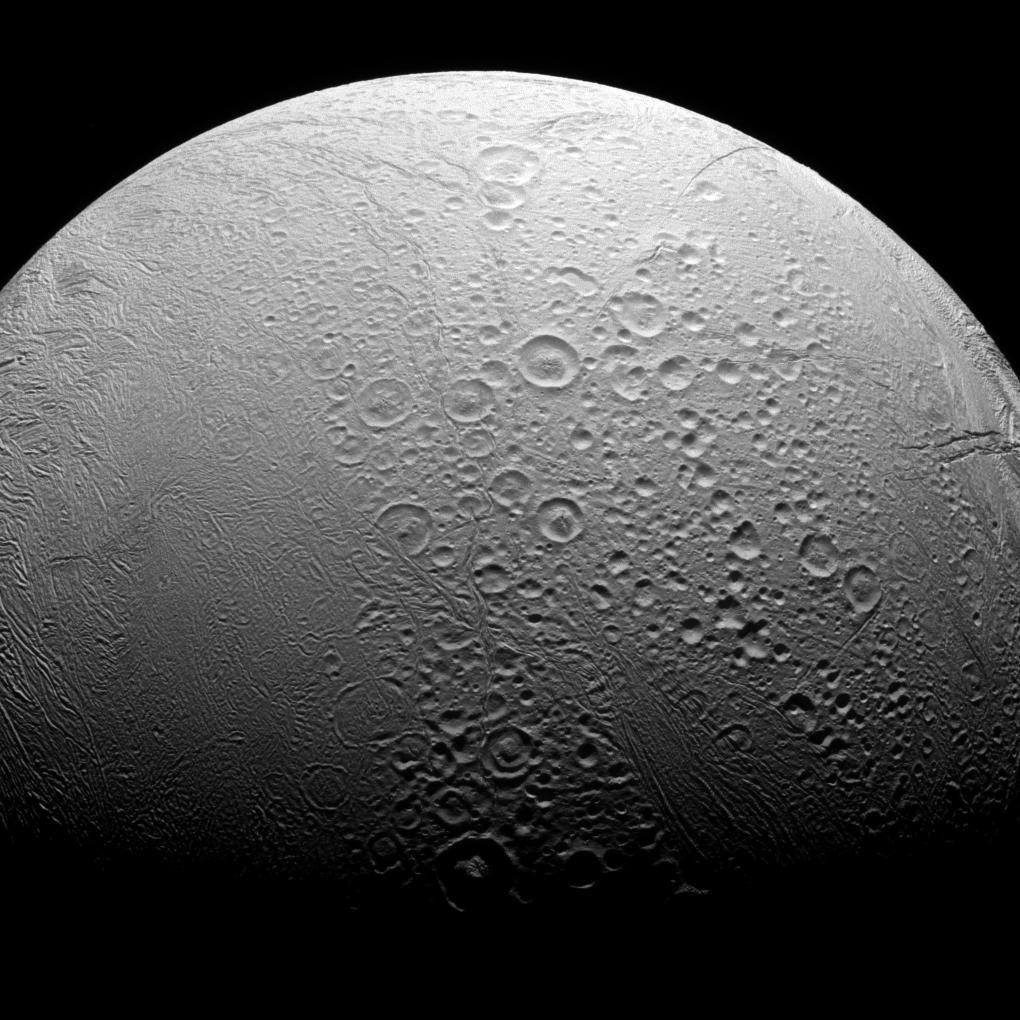
Over the course of its mission, Cassini captured a staggering 453,048 images of Saturn and its moons, conducting 162 targeted flybys of Saturn’s moon and even unveiling the existence of six new moons. The spacecraft transmitted an invaluable trove of data, totalling 635 GB, which has contributed to the production of 3,948 research papers.
Cassini’s mission came to an intentional end as it gracefully plunged into Saturn’s atmosphere, but the impact of its data will continue to engage scholars for years to come.
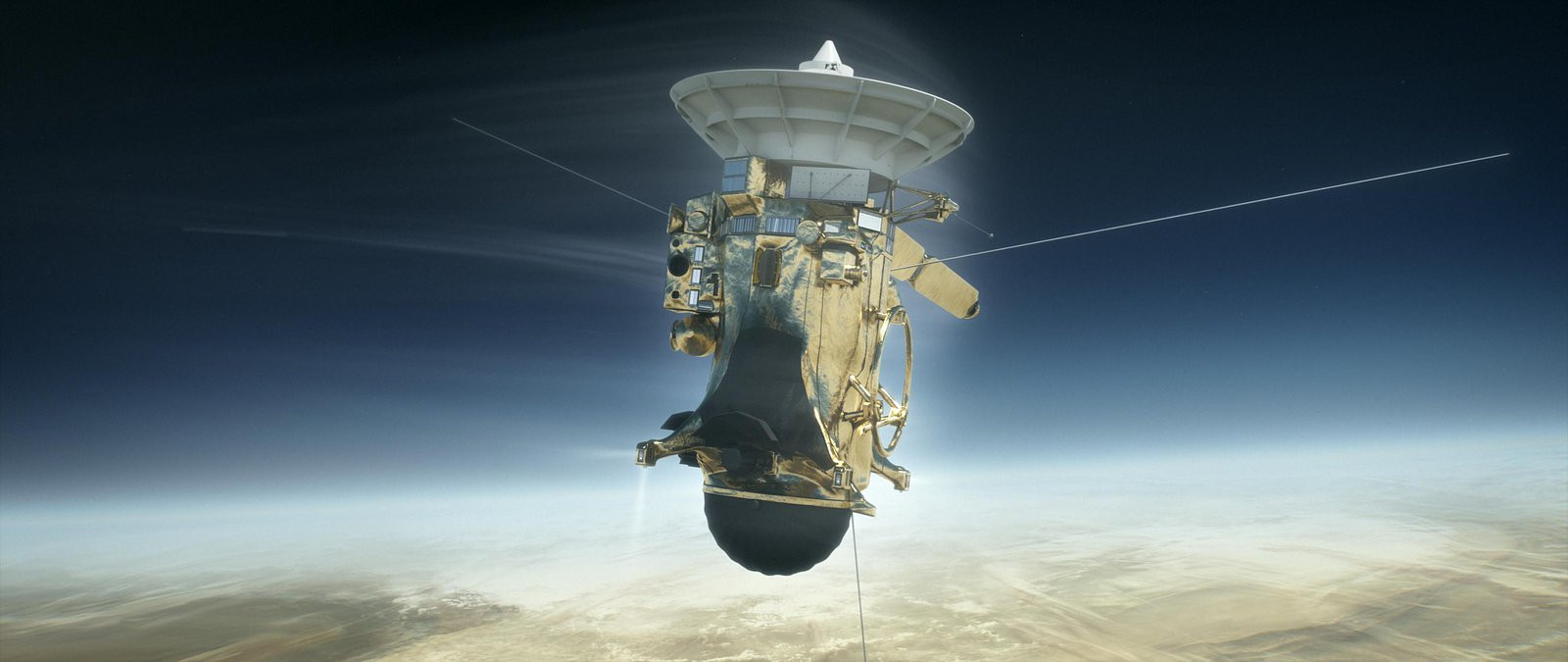
In 2005, the Cassini spacecraft made a remarkable discovery by detecting plumes of water vapour emanating from the cracks in the ice sheets of Enceladus, thus indicating the presence of a vast subsurface ocean.
To gather valuable samples of the ice grains and vapours, engineers devised an ingenious rotating instrument known as the Cosmic Dust Analyser (CDA). This instrument featured a cleverly designed open side, which effectively captured and retained particles emitted from Enceladus and its surroundings.
Equipped with advanced sensors, the CDA provided crucial insights into the characteristics of the collected particles. By analysing their mass spectrometric signatures, the instrument determined their mass, velocity, direction, and chemical composition. This invaluable data shed light on the nature of the vapours, grains, and other minuscule particles, unravelling the secrets concealed within Enceladus and its enigmatic environment.
From 2004 to 2008, the scientists studied spectra of some 345 ice grains from Saturn’s E-ring and discovered phosphates in nine grains. The E-ring of Saturn is formed by ice grains escaping Enceladus’s plume into orbits around Saturn.
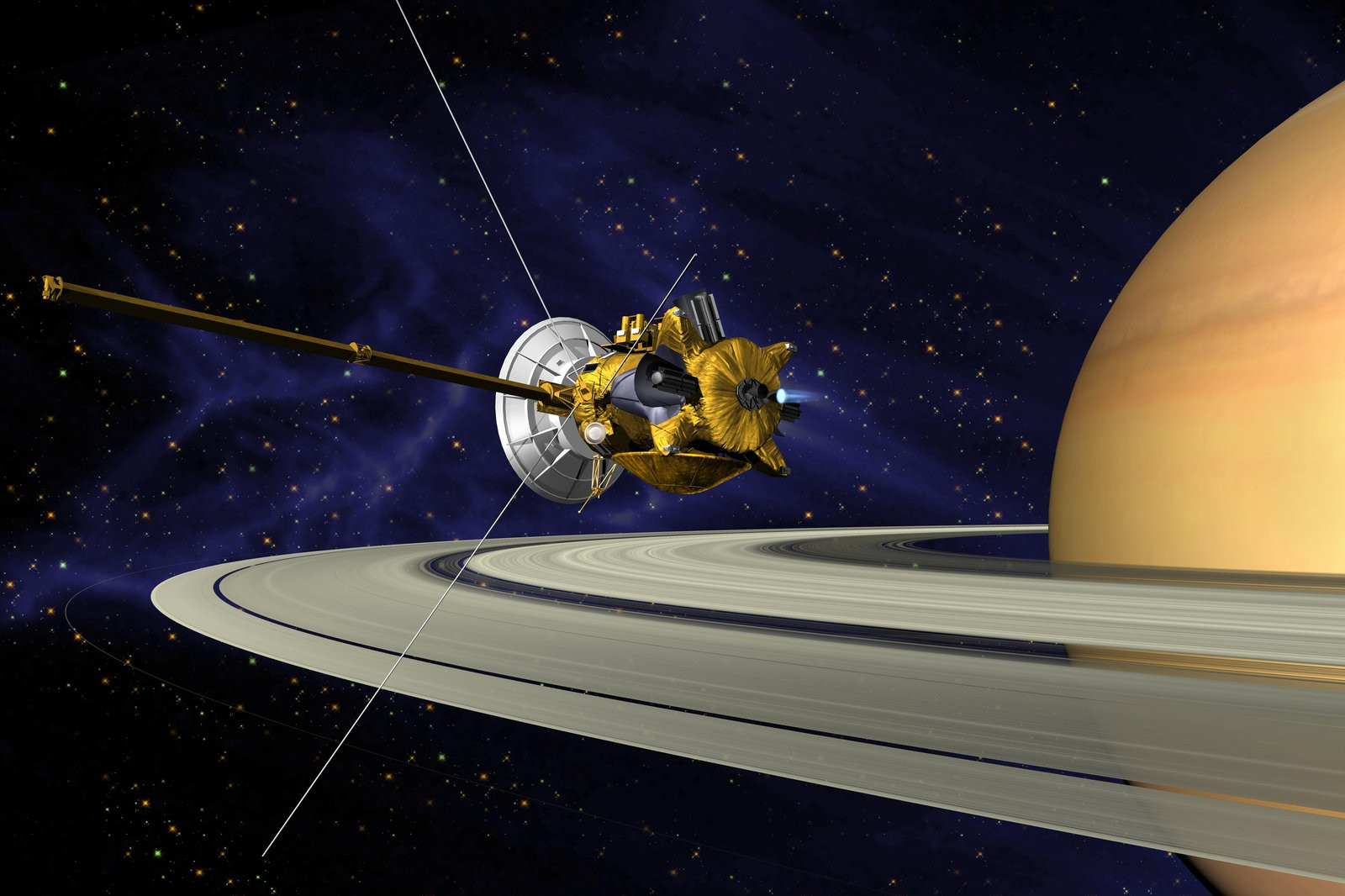 This is an artist’s concept of NASA’s Cassini spacecraft during the Saturn Orbit Insertion (SOI) manoeuvre, just after the main engine has begun firing. PHOTO: COURTESY/NASA
This is an artist’s concept of NASA’s Cassini spacecraft during the Saturn Orbit Insertion (SOI) manoeuvre, just after the main engine has begun firing. PHOTO: COURTESY/NASA
Dr Nozair Khawaja was a part of this team and played a very important role in the discovery.
The soda ocean
Based on the phosphate levels in icy grains, Enceladus’s waters may have 100 to 1,000 times greater amounts of phosphorus. The finding aligns with laboratory experiments conducted on Earth, which support the plausibility of such phosphorus-rich conditions within Enceladus’s ocean. So, the vast ocean of the moon is rich in dissolved carbonates just like soda drinks.
In recent past, in other relevant groundbreaking discoveries, Dr Khawaja led international research teams to discover biological relevant organic compounds in ice grains emerged from Enceladus’s Ocean and published in Nature and Monthly Notices of Royal Astronomical Society (MNRAS).
All these compelling discoveries intrigue that Enceladus’s Ocean may also has more-direct evidence of microbial life, hence a new mission is needed to further explore this alien world soon in future.
Dr Khawaja, a distinguished planetary scientist of Pakistani origin, has established himself at Freie University Berlin in Germany. He has contributed and led a number of breakthrough research projects in the past. He was associated with NASA’s Cassini space mission and now he is a professional affiliate of NASA’s future Europa Clipper space mission.
Dr Khawaja is also a co-investigator of a dust instrument Destiny Dust Analyser (DDA) that will be part of JAXA’s Destiny Plus space mission to investigate an asteroid Phaethon.
He is also a co-investigator member of a BioSign project related to experiments at the International Space Station (ISS) to support future space missions to search for life on Mars and icy moons. He is also a principle investigator of a newly-established hydrothermal facility at Freie University Berlin.



























































































































